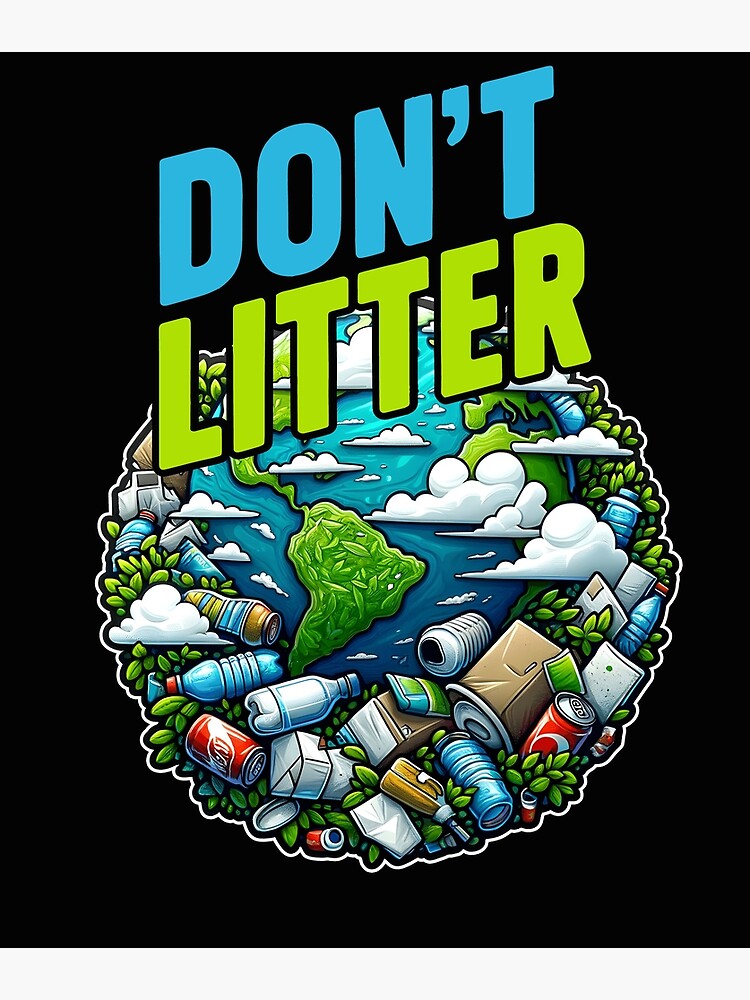
We often think of litter as obvious things like plastic bottles and food wrappers, but smaller items can also pose a significant threat to our environment. One such culprit is eraser dust. While seemingly harmless, these tiny particles accumulate over time and have detrimental effects on both wildlife and the planet. This article will delve into the hidden dangers of eraser dust pollution, exploring its impact on animals and the environment, and outlining best practices for responsible disposal.
This article will first examine the nature of eraser dust pollution and how it spreads throughout our ecosystems. We’ll then explore the specific ways in which eraser dust harms wildlife, from ingestion to habitat disruption. Next, we’ll discuss the broader environmental damage caused by eraser dust accumulation. Finally, we’ll provide practical tips on proper disposal methods to minimize this often-overlooked form of pollution.
Eraser Dust Pollution
Eraser dust is a byproduct of using rubber erasers to remove pencil marks from paper. These tiny particles are composed primarily of rubber and graphite, along with other additives depending on the eraser type. When we discard these shavings carelessly, they become part of the litter problem.
Wind and water can easily carry eraser dust particles, dispersing them over large areas. They settle on surfaces like roadsides, sidewalks, parks, and even waterways. This widespread distribution means that eraser dust pollution affects both urban and rural environments. Furthermore, eraser dust can persist in the environment for extended periods, gradually accumulating and becoming a persistent problem.
Wildlife Impact
Animals are particularly vulnerable to the harmful effects of eraser dust. Many species ingest these particles accidentally while foraging or grooming themselves. Ingesting eraser dust can lead to digestive issues, blockages, and even poisoning.
Smaller animals like birds and insects are especially at risk as they may mistake eraser dust for food. Larger animals, such as mammals and reptiles, can also be affected if they consume contaminated vegetation or water sources. The presence of eraser dust in their habitats can disrupt feeding patterns and overall health.
Habitat Disruption
Eraser dust accumulation can also directly impact animal habitats. For example, it can smother delicate plant life, reducing biodiversity and disrupting the natural balance of ecosystems.
The particles can also clog drainage systems, leading to waterlogging and creating unfavorable conditions for many species. This disruption of habitats forces animals to relocate or compete for limited resources, further stressing already vulnerable populations.
Environmental Damage
Eraser dust pollution contributes to broader environmental problems beyond its direct impact on wildlife. The rubber and graphite in eraser dust can leach into soil and water sources, contaminating these essential resources.
This contamination can have cascading effects on plant life, aquatic ecosystems, and even human health. Furthermore, the accumulation of eraser dust in landfills adds to the growing problem of waste disposal and contributes to greenhouse gas emissions.
Proper Disposal Practices
Fortunately, there are simple steps we can take to prevent eraser dust from becoming a pollutant. The most effective solution is to dispose of eraser shavings responsibly.
Instead of discarding them on the ground, collect the shavings in a designated container or wrap them in paper before placing them in the trash bin. This prevents the particles from spreading and contaminating our environment.
Protecting Animals
By adopting responsible disposal practices, we can significantly reduce the impact of eraser dust on wildlife.
Choosing reusable erasers or those made from biodegradable materials can further minimize our environmental footprint. Educating others about the dangers of eraser dust pollution is also crucial to raising awareness and promoting collective action.
Conclusion
While seemingly insignificant, eraser dust poses a real threat to our planet and its inhabitants. By understanding the consequences of improper disposal and adopting responsible practices, we can protect wildlife, preserve ecosystems, and contribute to a cleaner, healthier environment for all. Let’s make a conscious effort to keep our world free from this often-overlooked form of pollution.
